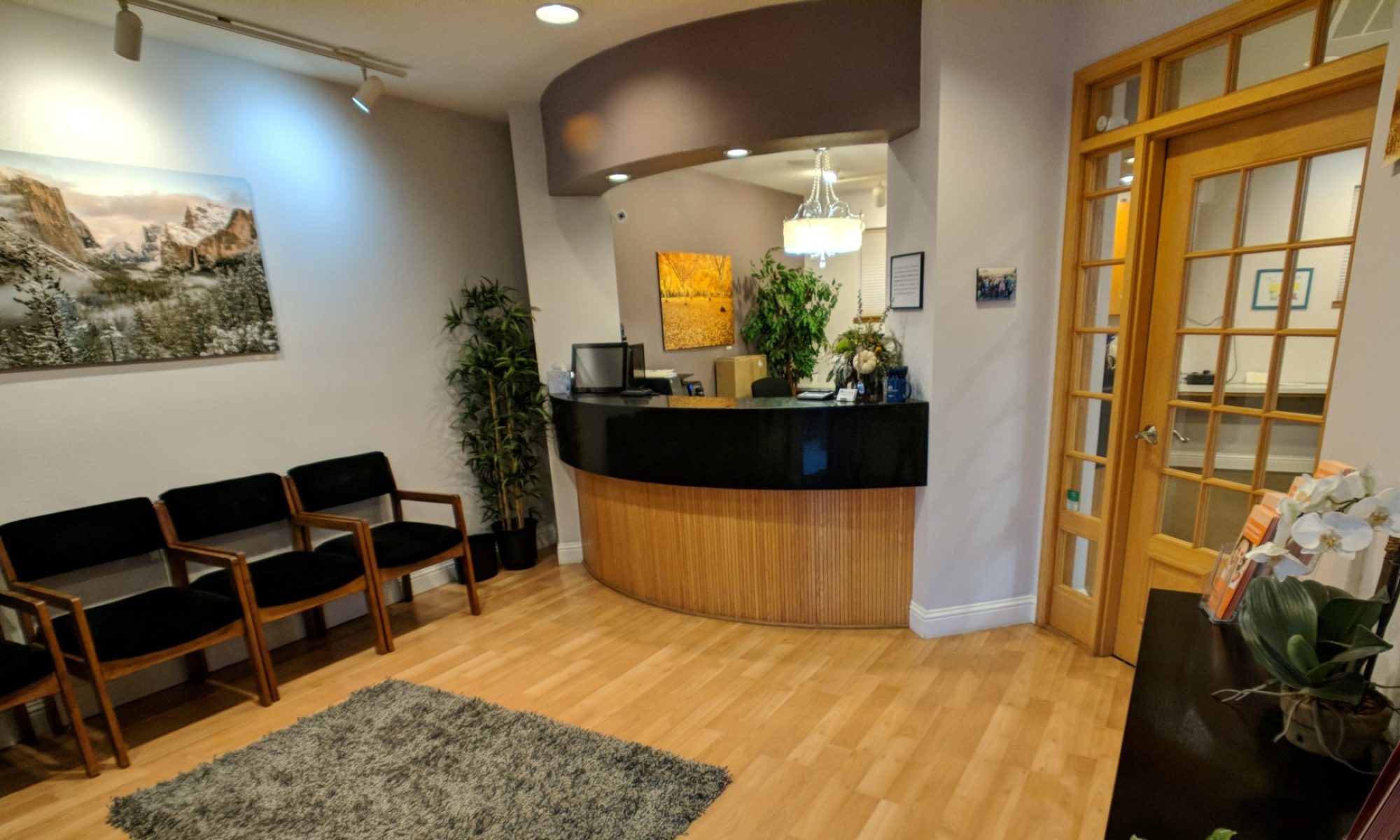If you lose one or more teeth due to periodontal disease, or another cause, there is hope. Dental implants are changing the way people live! They are designed to provide a foundation for replacement teeth that look, feel, and function like natural teeth. Patients with dental implants can smile with confidence.
What are Dental Implants?
Dental implants are designed to provide a foundation for replacement teeth that look, feel, and function like natural teeth. The person who has lost teeth regains the ability to eat virtually anything and can smile with confidence, knowing that teeth appear natural and that facial contours will be preserved. The implants themselves are tiny titanium posts that are surgically placed into the jawbone where teeth are missing. These titanium anchors act as tooth root substitutes.
The bone bonds with the titanium, creating a strong foundation for artificial teeth. Small posts that protrude through the gums are then attached to the implant. These posts, also called abutments, provide stable anchors for artificial replacement teeth. Dental implants also help preserve facial structure, preventing the bone deterioration that occurs when teeth are missing.
The Surgical Procedure
For most patients, the placement of dental implants involves two surgical procedures. First, implants are placed within your jawbone. Healing time following surgery varies from person to person and is based on a variety of factors, such as hardness of bone.
For the first three to six months following the surgery, dental implants are beneath the surface of the gums gradually bonding with the jawbone. You should be able to wear temporary dentures and eat a soft diet at this time.
After the implant has bonded to the jawbone, the second phase begins. Dr. Criveanu will uncover the implants and attach a small healing abutment. After two weeks your general dentist will be able to start making your new teeth. An impression must be taken. Then posts or attachments can be connected to the implants. The teeth replacements are then made over the posts or attachments. The entire procedure usually takes six to eight months. Most patients do not experience any disruption in their daily life.

